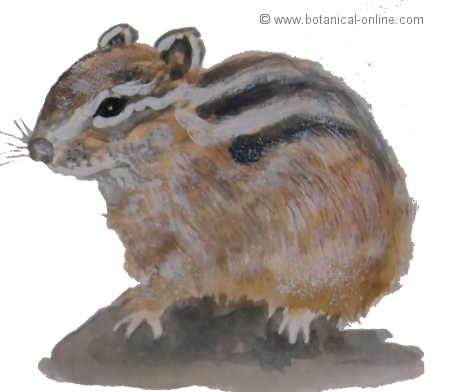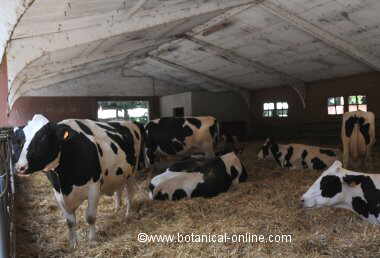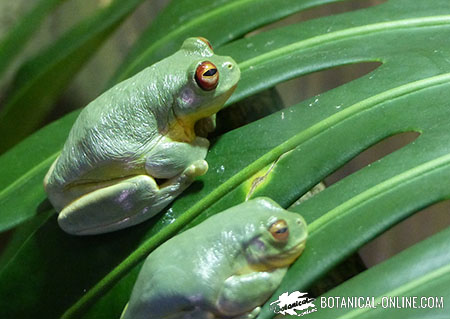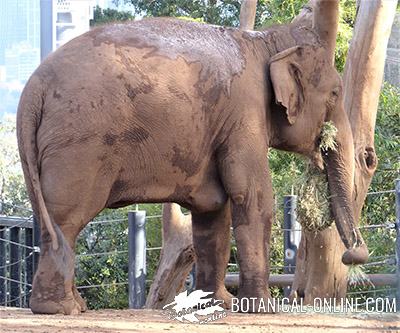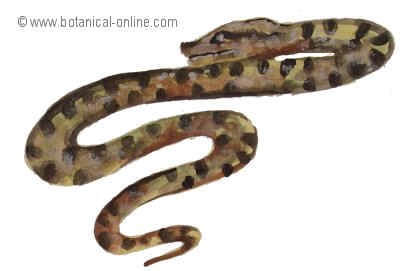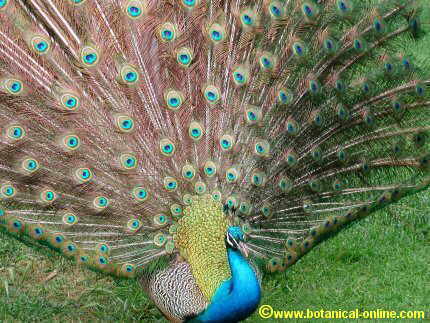Contents
What are mountain gorillas?
Characteristics of mountain gorillas
Common name: Mountain gorilla
Scientific name: Gorilla beringei beringei
– Common names in other languages
- Español / Spanish: Gorila de montaña
- Français / French: Gorille des montagnes
- Català / Catalan:Goril·la de muntanya
- Galego / Galician: Gorila de montaña
- Italiano / Italian: Gorilla di montagna
- Português / Portuguese: Gorila-das-montanhas
- Deutsch / German: Berggorilla
- Russian / Русский: Горная_горилла
- Dutch / Nederlands: Berggorilla
- Română / Romanian: Gorila de munte
- Svenska / Swedish: Bergsgorilla
Scientific classification:
Class: Mammalia
Order: Primates
Family: Hominidae
Features:
- Length: 1’4 – 1’8 m.
- Heigth: 1’4 – 2 m.
- Weight: Males between 150 and 220 kg. Females between 80 and 100 kg.
- Habitat: Tropical rainforests.
- Geographic range: Central Africa, West Africa.
- Food habits: Herbivore (leaves, stems, roots).
- Behavior: Terrestrial, sedentary, gregarious, diurnal.
- Reproduction: Viviparous. Gestation: 250 – 290 days. Birth: 1 baby.
- Enemies: Humans.
- Lifespan: 30 years.
Physical description of mountain gorillas
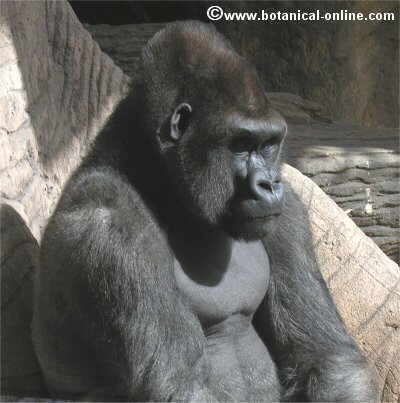 Their hands, like that of human beings, have thumbs facing to the palms and the rest of fingers, with which, they can take tools.
Their hands, like that of human beings, have thumbs facing to the palms and the rest of fingers, with which, they can take tools.
There are 3 different subspecies of gorillas:
- Western coast gorillas.
- Eastern coast gorillas.
- Mountain gorillas.
Mountain gorilla behaviour
Gorillas sleep on the ground. Before nightfall every individual prepares the bed.
They sleep 10 hours a day and take a nap at noon to digest the food they have consumed in the morning.
Mountain gorilla reproduction
Males differ little from females, only by their greater size and the shape of the head.
Gorilla infants at birth weigh about 2 kg.
Mountain gorilla enemies
These animales have not natural predators. Human beings are the only enemies that gorillas have in their natural habitat.
The loss of habitat is the reason why gorillas are very threatened along with poaching.
![]() More information on other wild animals.
More information on other wild animals.

